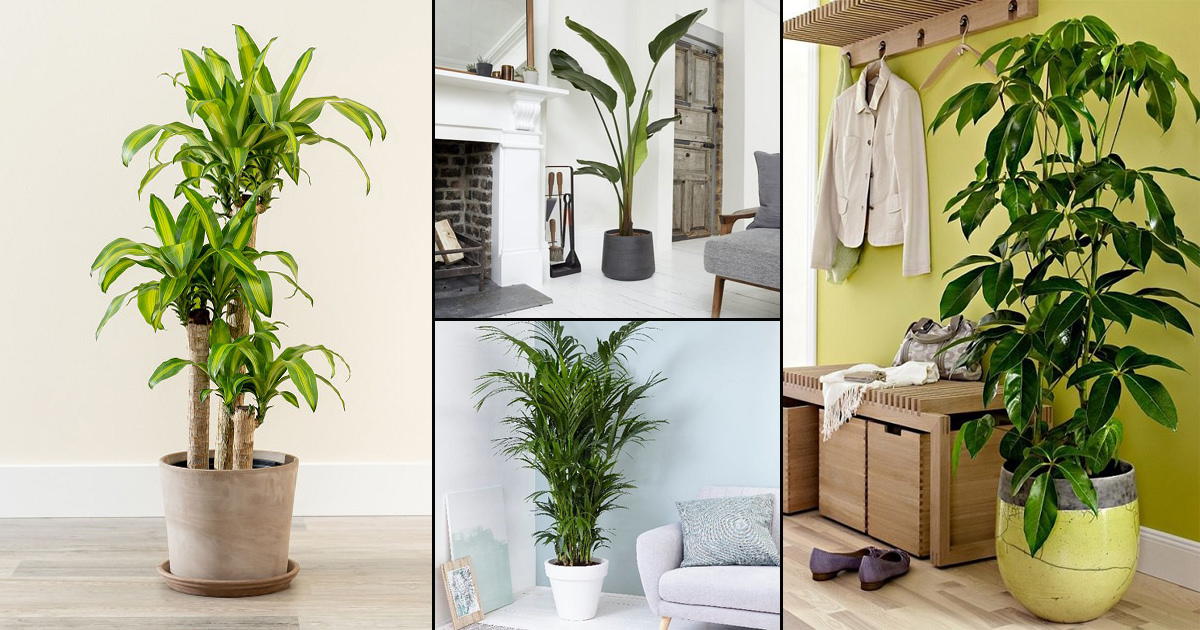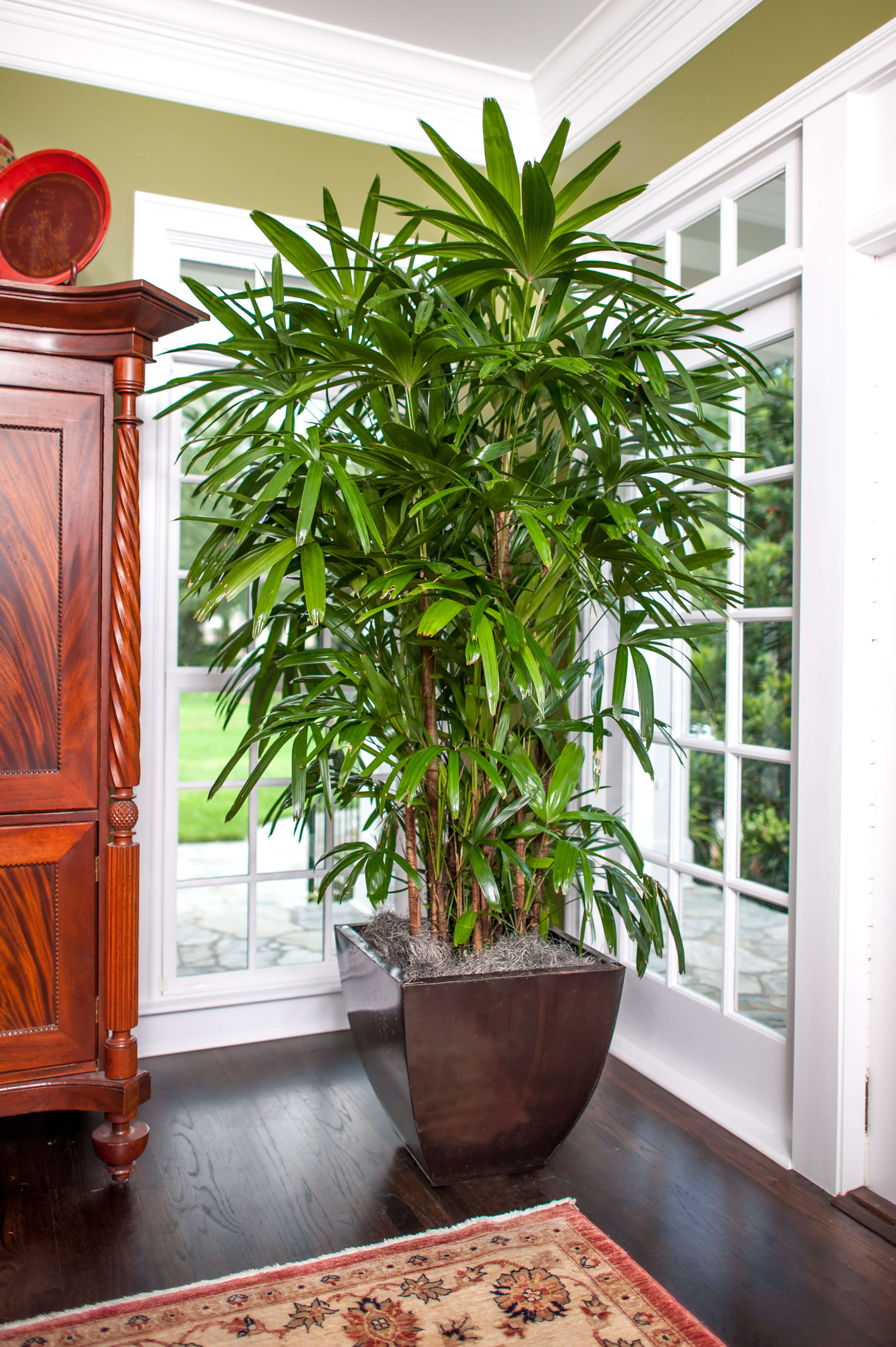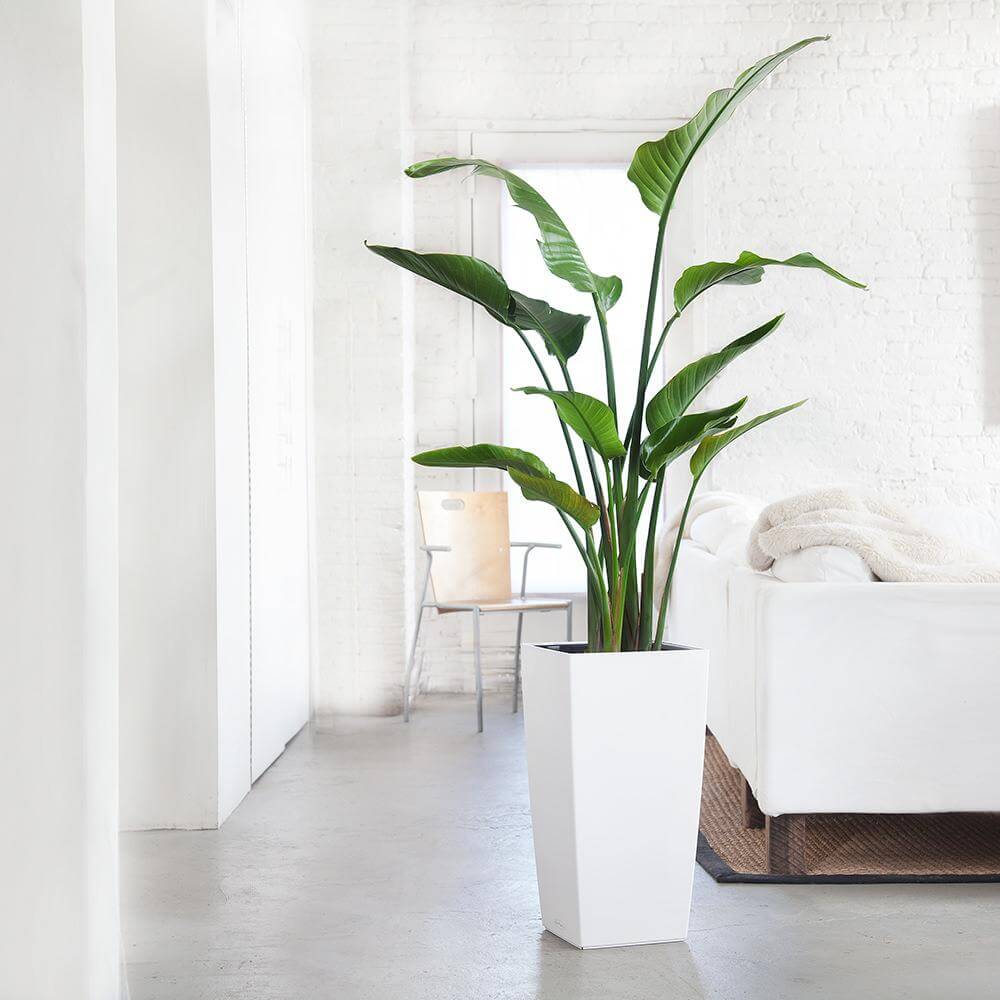Why Tall Plants are a Game-Changer for Indoor Decor
Tall plants have become an essential element in indoor decor, and for good reason. Not only do they purify the air and create a sense of calm, but they also add visual interest to a room, making it feel more luxurious and sophisticated. When it comes to choosing the best tall plants for indoors, there are several options to consider. From the elegant Ficus to the low-maintenance Dracaena, there’s a tall plant to suit every style and space.
One of the primary benefits of tall plants is their ability to purify the air. According to NASA, certain plants are capable of removing up to 87% of toxins from the air, making them a valuable addition to any indoor space. Additionally, tall plants have been shown to reduce stress and anxiety, promote better sleep, and even boost productivity.
Another advantage of tall plants is their ability to add visual interest to a room. Whether you’re looking to create a dramatic focal point or simply add some greenery to a corner, tall plants are the perfect solution. With their slender stems and delicate leaves, they can add a touch of elegance to even the most mundane space.
When it comes to choosing the best tall plants for indoors, there are several factors to consider. Lighting, temperature, and maintenance requirements are all important considerations, as is the overall aesthetic you’re trying to achieve. By selecting the right tall plant for your space, you can create a beautiful and functional indoor oasis that promotes well-being and relaxation.
How to Choose the Perfect Tall Plant for Your Indoor Space
When it comes to selecting the best tall plants for indoors, there are several factors to consider. Lighting, temperature, and maintenance requirements are all important considerations, as is the overall aesthetic you’re trying to achieve. By taking the time to choose the right tall plant for your space, you can create a beautiful and functional indoor oasis that promotes well-being and relaxation.
One of the most important considerations when choosing a tall plant is lighting. Different plants have different lighting requirements, so it’s essential to choose a plant that will thrive in the lighting conditions of your space. For example, if your space has low light, consider a plant like the Dracaena or Philodendron, which can tolerate low light conditions. On the other hand, if your space has bright light, consider a plant like the Ficus, which requires bright light to thrive.
Temperature is another important consideration when choosing a tall plant. Most tall plants prefer daytime temperatures between 65-75°F (18-24°C) and nighttime temperatures around 55-65°F (13-18°C). However, some plants, like the Dracaena, can tolerate a wider range of temperatures.
Maintenance requirements are also an important consideration when choosing a tall plant. Some plants, like the Philodendron, require regular pruning and training to keep them looking their best. Others, like the Ficus, require less maintenance and can thrive with infrequent watering and fertilization.
Popular tall plant species that thrive in indoor conditions include the Dracaena, Philodendron, and Ficus. These plants are known for their ability to purify the air, create a sense of calm, and add visual interest to a room. By choosing one of these plants, you can create a beautiful and functional indoor space that promotes well-being and relaxation.
The Top Tall Plants for Indoor Spaces
When it comes to choosing the best tall plants for indoors, there are several options to consider. Among the most popular and versatile tall plants are the Dracaena, Philodendron, and Ficus. Each of these plants has its unique features, growth habits, and care requirements, making them suitable for different indoor spaces and lighting conditions.
The Dracaena is a popular choice for indoor spaces due to its ability to tolerate low light and infrequent watering. It’s a versatile plant that comes in many varieties, including the Corn Plant and the Dragon Tree. With its slender stems and delicate leaves, the Dracaena can add a touch of elegance to any room.
The Philodendron is another popular tall plant that thrives in indoor conditions. It’s known for its heart-shaped leaves and trailing vines, making it a great choice for hanging baskets or trained to climb up a trellis. The Philodendron is relatively low-maintenance and can tolerate a range of lighting conditions, from low to bright light.
The Ficus is a stylish and elegant tall plant that’s perfect for indoor spaces with bright light. It’s known for its slender branches and small leaves, which can add a touch of sophistication to any room. The Ficus requires regular watering and fertilization to thrive, but it’s relatively low-maintenance compared to other tall plants.
These three plants are among the best tall plants for indoors due to their ability to purify the air, create a sense of calm, and add visual interest to a room. By choosing one of these plants, you can create a beautiful and functional indoor space that promotes well-being and relaxation.
Dracaena: The Ultimate Tall Plant for Low-Maintenance Spaces
The Dracaena is a popular choice for indoor spaces due to its ability to tolerate low light and infrequent watering. This makes it an ideal option for busy people or those who tend to forget to water their plants. With over 40 different species, the Dracaena is a versatile plant that can thrive in a variety of conditions.
One of the most popular varieties of Dracaena is the Corn Plant, which is known for its bright yellow stripes and ability to grow up to 10 feet tall. Another popular variety is the Dragon Tree, which has a more slender profile and can grow up to 15 feet tall. Both of these varieties are relatively low-maintenance and can tolerate a range of lighting conditions.
Despite its low-maintenance requirements, the Dracaena still needs regular care to thrive. This includes watering once a week, fertilizing once a month, and pruning every few months to maintain its shape. By following these simple care tips, you can keep your Dracaena healthy and thriving for years to come.
The Dracaena is also a great air purifier, making it a popular choice for indoor spaces. According to NASA, the Dracaena is capable of removing up to 87% of toxins from the air, making it a valuable addition to any indoor space.
Overall, the Dracaena is a great choice for anyone looking for a low-maintenance tall plant that can thrive in indoor conditions. Its ability to tolerate low light and infrequent watering makes it an ideal option for busy people or those who tend to forget to water their plants.
Philodendron: A Versatile and Stylish Tall Plant Option
The Philodendron is a popular choice for indoor spaces due to its versatility and stylish appearance. With its heart-shaped leaves and trailing vines, the Philodendron can add a touch of elegance to any room. This plant is also relatively low-maintenance, making it a great option for busy people or those who tend to forget to water their plants.
One of the best things about the Philodendron is its ability to thrive in a variety of lighting conditions. It can tolerate low light, but it also does well in bright light, making it a great option for rooms with large windows. The Philodendron also prefers well-draining soil and should be watered once a week, making it a relatively low-maintenance plant.
To keep your Philodendron looking its best, it’s a good idea to prune it regularly. This will help to maintain its shape and encourage new growth. You can also train the Philodendron to climb up a trellis or other support, which can add a touch of drama to any room.
Another benefit of the Philodendron is its ability to purify the air. According to NASA, the Philodendron is capable of removing up to 87% of toxins from the air, making it a valuable addition to any indoor space.
Overall, the Philodendron is a great choice for anyone looking for a versatile and stylish tall plant that can thrive in indoor conditions. Its ability to tolerate low light and infrequent watering makes it an ideal option for busy people or those who tend to forget to water their plants.
Ficus: A Tall Plant with a Touch of Elegance
The Ficus is a popular choice for indoor spaces due to its slender branches and small leaves, which can add a touch of elegance to any room. This plant is also known for its ability to purify the air, making it a valuable addition to any indoor space.
One of the key benefits of the Ficus is its ability to thrive in bright light. This makes it a great option for rooms with large windows or for placement near a sunny window. However, it’s also important to note that the Ficus can tolerate low light, making it a versatile option for a variety of indoor spaces.
To keep your Ficus looking its best, it’s a good idea to water it regularly. This plant prefers well-draining soil and should be watered once a week, making it a relatively low-maintenance plant. You should also fertilize your Ficus regularly to promote healthy growth and development.
Another benefit of the Ficus is its ability to grow quite tall. With proper care and maintenance, this plant can grow up to 10 feet tall, making it a great option for adding a touch of drama to any room.
Overall, the Ficus is a great choice for anyone looking for a tall plant that can add a touch of elegance to their indoor space. Its ability to purify the air and thrive in bright light makes it a valuable addition to any room.
Tips for Caring for Your Tall Indoor Plants
Caring for tall indoor plants requires attention to detail and a commitment to providing the right conditions for growth. Here are some general care tips to help you keep your tall indoor plants thriving:
Watering: Overwatering is a common mistake when it comes to caring for tall indoor plants. Make sure to check the soil moisture before watering, and avoid getting water on the leaves to prevent fungal diseases.
Fertilizing: Feed your tall indoor plants with a balanced fertilizer during the growing season (spring and summer) to promote healthy growth and development.
Pruning: Prune your tall indoor plants regularly to maintain their shape and encourage new growth. Remove any dead or damaged leaves or stems to prevent the spread of disease.
Pest control: Check your plants regularly for pests such as spider mites, mealybugs, and scale. Use insecticidal soap or neem oil to control infestations.
Disease prevention: Inspect your plants regularly for signs of disease such as yellowing leaves, black spots, or powdery mildew. Use fungicides or bactericides as needed to prevent the spread of disease.
Repotting: Repot your tall indoor plants every 2-3 years to provide fresh soil and a larger pot if necessary. Choose a pot that is only slightly larger than the previous one to prevent the soil from becoming too wet.
By following these care tips, you can help your tall indoor plants thrive and enjoy the many benefits they provide, including air purification, stress reduction, and aesthetic appeal.
Common Mistakes to Avoid When Growing Tall Plants Indoors
When growing tall plants indoors, there are several common mistakes to avoid in order to ensure the health and success of your plants. Here are some of the most common mistakes to watch out for:
Overwatering: One of the most common mistakes when growing tall plants indoors is overwatering. This can lead to root rot, leaf drop, and other problems. Make sure to check the soil moisture before watering, and avoid getting water on the leaves to prevent fungal diseases.
Underwatering: On the other hand, underwatering can also be a problem. Tall plants need consistent moisture, especially when they’re producing new growth. Make sure to water your plants regularly, but avoid overwatering.
Inadequate Light: Tall plants need bright light to photosynthesize and grow. If your plants are not getting enough light, they may become leggy or weak. Consider using grow lights or placing your plants in a sunny window to provide the necessary light.
Insufficient Fertilization: Tall plants need regular fertilization to promote healthy growth and development. Use a balanced fertilizer during the growing season (spring and summer) to provide the necessary nutrients.
Poor Pruning: Pruning is an essential part of caring for tall plants. Make sure to prune your plants regularly to maintain their shape and encourage new growth. Remove any dead or damaged leaves or stems to prevent the spread of disease.
By avoiding these common mistakes, you can help your tall plants thrive and enjoy the many benefits they provide, including air purification, stress reduction, and aesthetic appeal.








